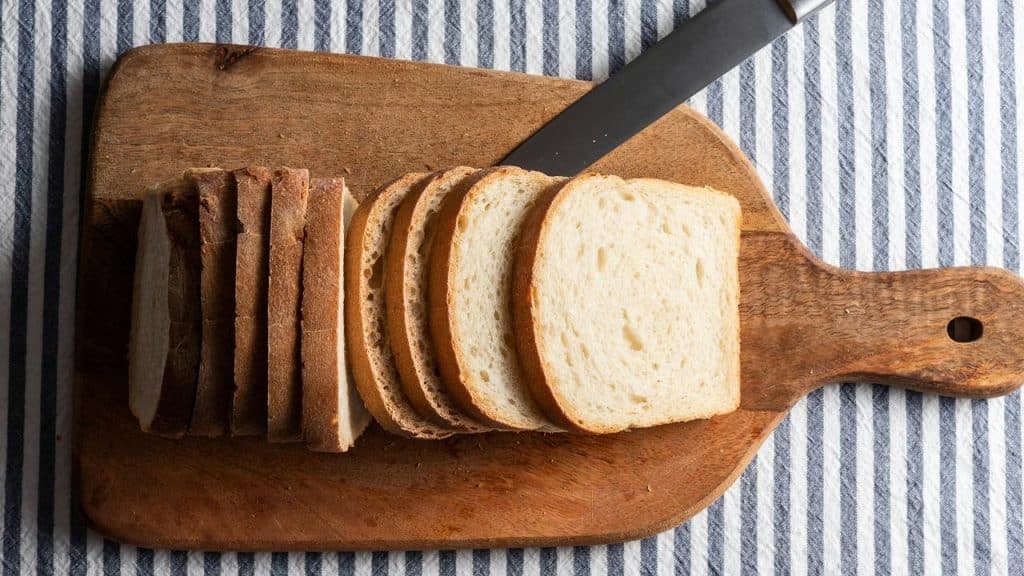
It feels good to reach for “healthy” food, that little rush of pride when you pick up something labeled organic, gluten-free, or low-fat. But here’s the kicker. Some of the most popular “good-for-you” options are quietly working against you.
Instead of fueling your body, they’re loading it with sugar, sodium, or empty calories that leave you worse off than a slice of cake. So before you grab another handful of trail mix or sip that bottled green tea, take a closer look at these sneaky saboteurs.
1. Granola: More Sugar Than a Candy Bar
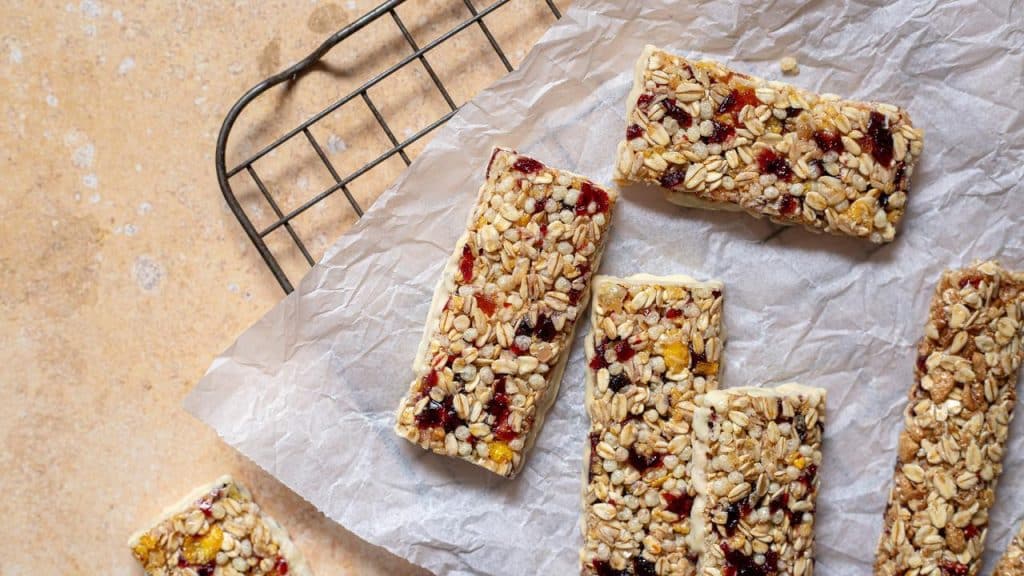
Granola seems harmless, even wholesome, sprinkled over yogurt or eaten straight from the bag. But most store-bought varieties are drowning in added sugar, oils, and even syrups to make them crunchy and sweet. You might think you’re spooning up energy and fiber, but really, you’re eating dessert in disguise.
Some brands pack over 20 grams of sugar per serving (roughly five teaspoons), which can spike blood sugar like a soda. If you love that crunch, look for a version with low sugar and whole grains, or better yet, make a simple batch at home. It’s easier than assembling Ikea furniture and far more rewarding.
2. Flavored Yogurts: Sweet Trap in a Pretty Cup
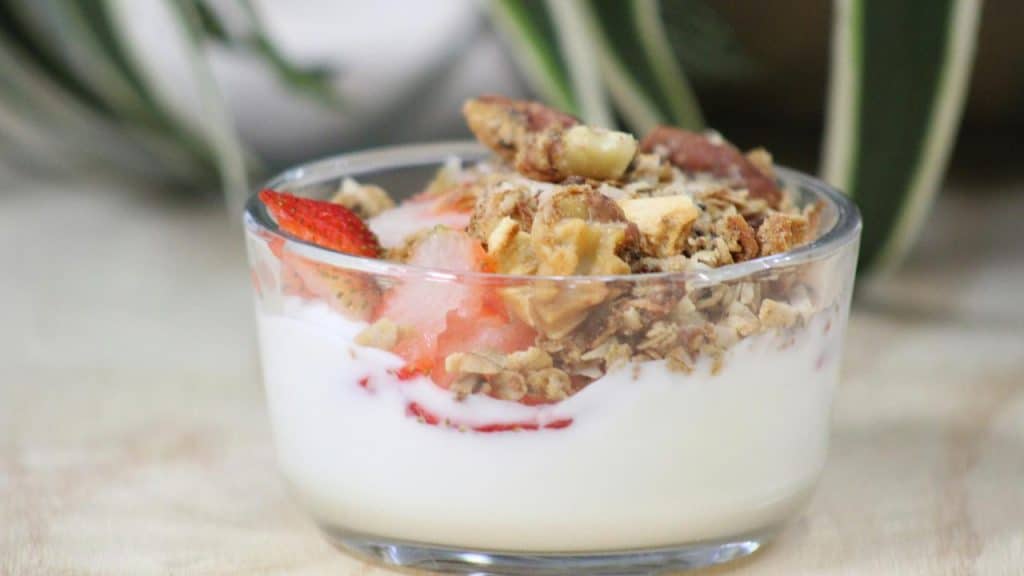
That creamy yogurt cup with the fruit at the bottom is a sugar bomb waiting to happen. Many of these cups carry as much sugar as a can of cola. Even “low-fat” or “light” versions tend to rely on sugar or artificial sweeteners to make up for the missing fat.
Here’s a simple swap: plain Greek yogurt topped with fresh berries and maybe a drizzle of honey. You get the same creamy satisfaction without feeling like you just ate a dessert in disguise.
3. Veggie Chips: Basically Potato Chips in Disguise
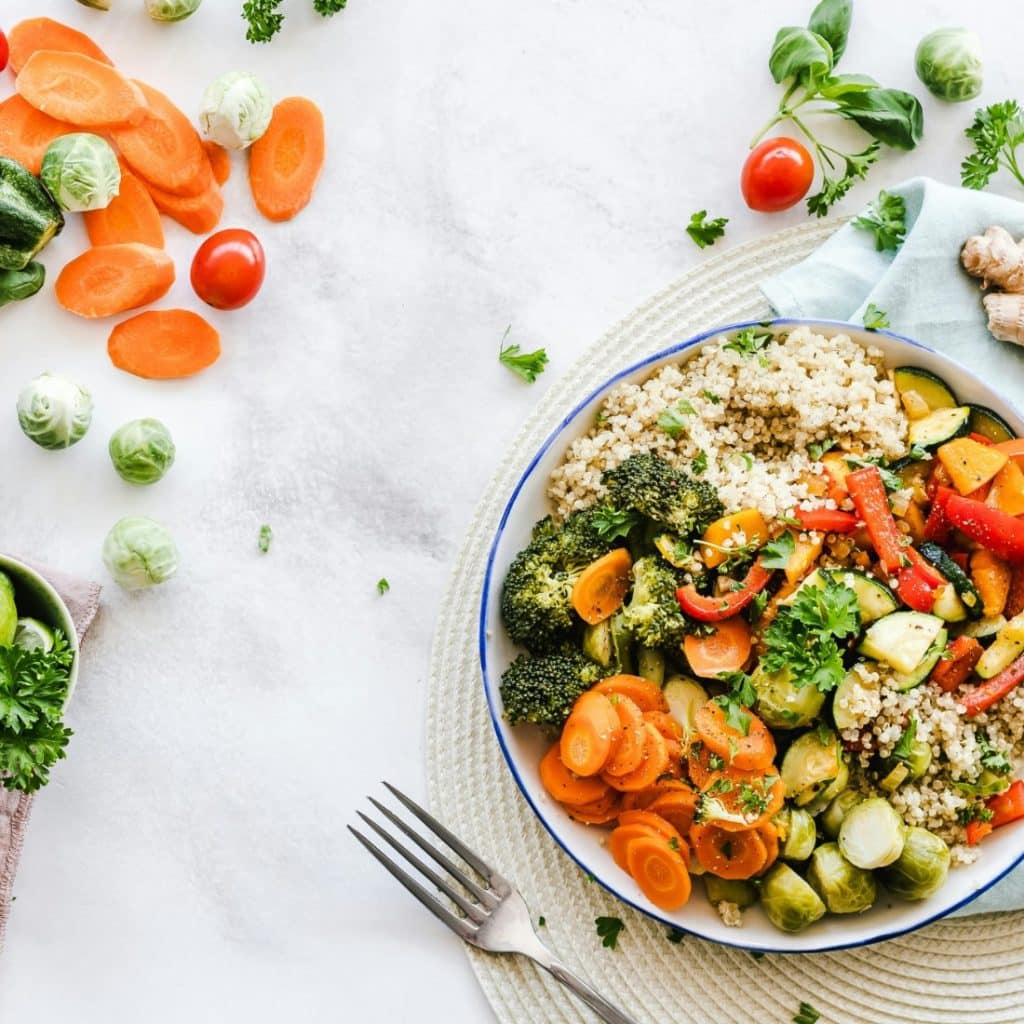
Veggie chips scream health at you from the bag with pictures of carrots, spinach, and beets. But don’t be fooled, they’re usually just fried slices of starch (sometimes even just potato starch colored to look like veggies) covered in salt and oil.
If it crunches like a chip, leaves grease on your fingers, and tastes salty, it’s probably more snack food than superfood. Better to crunch on actual sliced veggies with hummus or even lightly salted popcorn if you’re after a satisfying snack.
4. Energy Bars: Candy Bars Wearing a Gym Shirt

Energy bars sit right at the checkout counter of every gym, marketed like they’re pure fuel for your workouts. But flip one over and check the label, many are glorified candy bars with a touch of protein powder thrown in.
It’s easy to be seduced by buzzwords like “power” or “fuel,” but if the first ingredients are sugar and syrup, you’re just eating another dessert in a shiny wrapper. If you really need something portable, look for bars with fewer than six ingredients and no added sugars.
5. Smoothies: When Healthy Becomes a Sugar Bomb
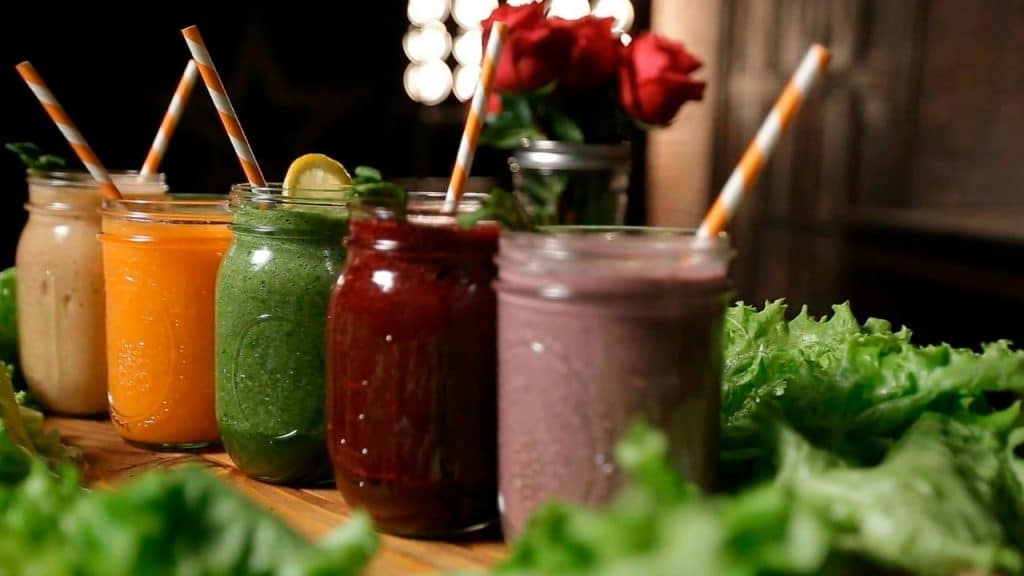
On a hot July afternoon, a smoothie seems like a brilliant choice. Cool, fruity, colorful, what’s not to love? But many store-bought or chain smoothies rely on fruit juice, sweetened yogurt, and even sherbet as a base.
That turns your glass into a sugar festival, sometimes clocking over 500 calories without much fiber to slow things down. If you crave a smoothie, use whole fruits and vegetables blended at home with water or unsweetened milk. It’s still refreshing but actually does your body good.
6. Reduced-Fat Peanut Butter: Missing the Good Stuff
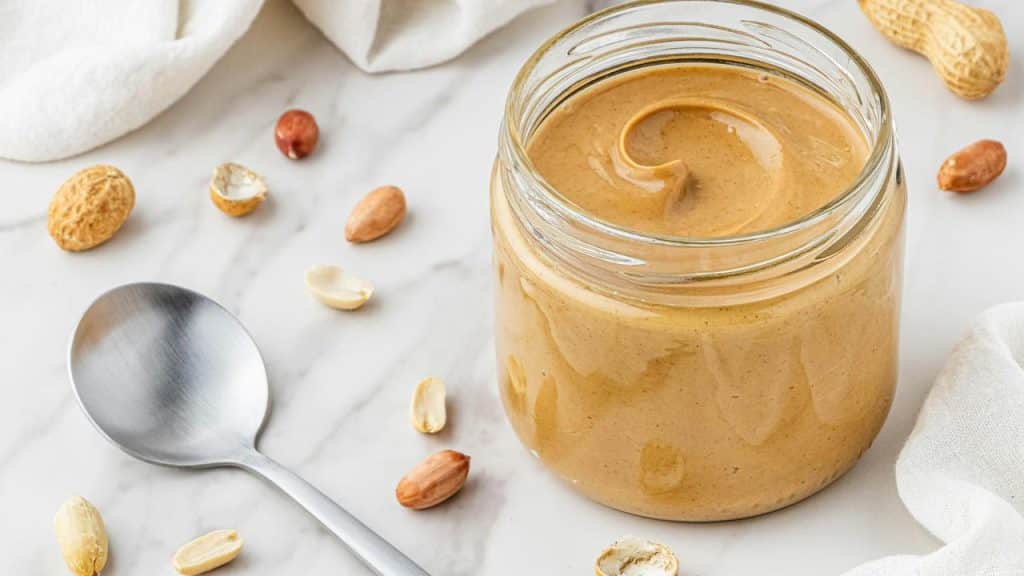
When companies strip the fat out of peanut butter, they usually pump in sugar, starch, and emulsifiers to make up for the texture and taste. Ironically, those heart-healthy fats in peanuts are exactly what make it a good choice in moderation.
Instead of the reduced-fat version, go for natural peanut butter with just two ingredients: peanuts and salt. It’ll stick to your ribs in the best way possible.
7. Sports Drinks: A Sweet Sip You Don’t Really Need
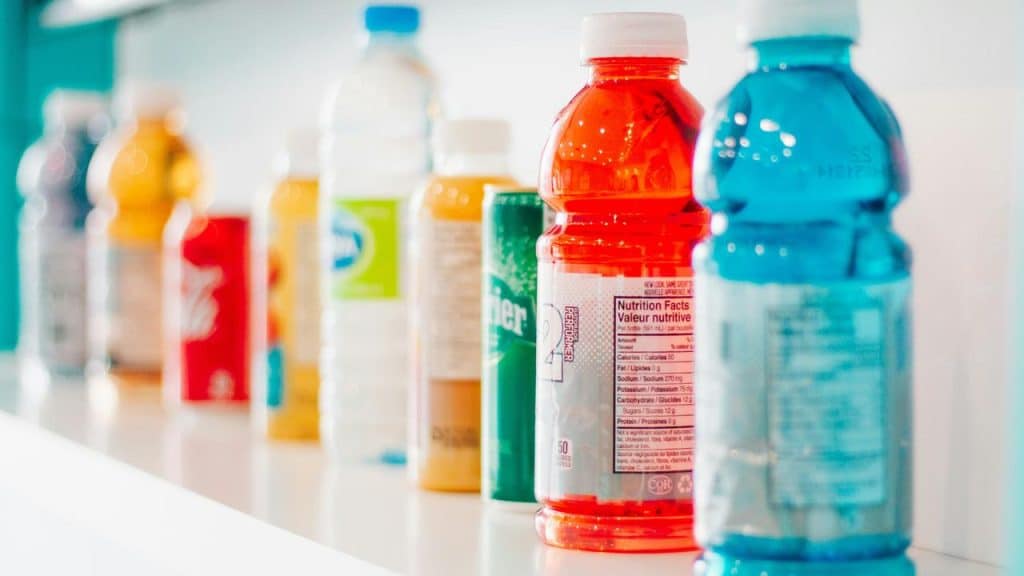
Unless you’re running marathons or spending two hours sweating it out on the field, sports drinks do little more than load your body with sugar and artificial colors. They’re designed for extreme exertion, not for sipping while sitting at a desk or mowing the lawn.
For most people, water and a pinch of salt with some fruit will replenish them just fine. Save the neon-colored bottles for game day.
8. Whole Wheat Bread: Not Always the Whole Story
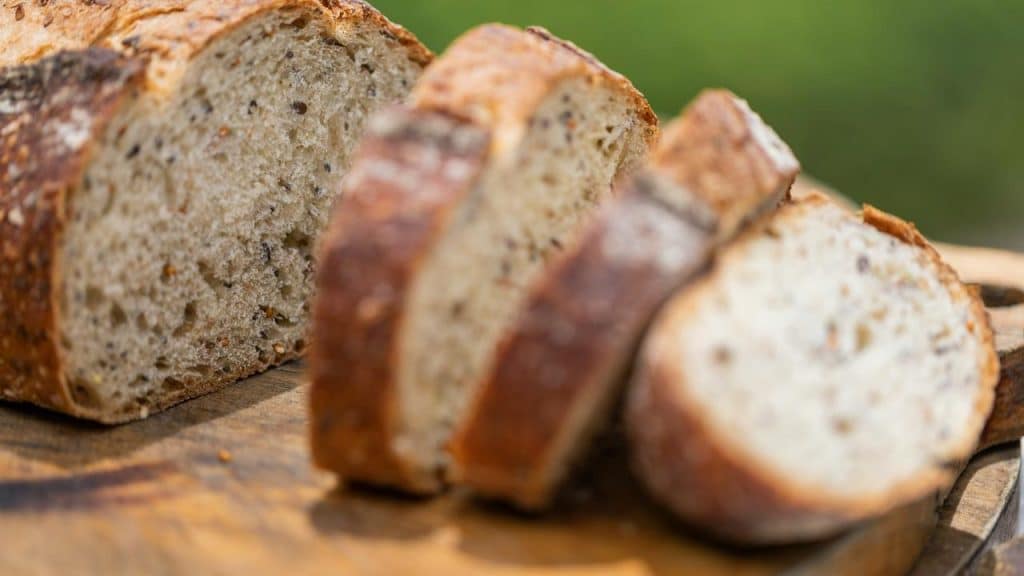
Sure, whole wheat bread seems like an upgrade from white bread. But many brands just dye and flavor refined flour to make it look darker and nuttier.
Flip the loaf over and you might find “enriched wheat flour” listed first, which means you’re still eating mostly white bread. Treat label-reading like checking the fine print on a car lease, tedious but crucial if you want the real deal. Look for 100 percent whole wheat or sprouted grains.
9. Trail Mix: Calorie Bombs in a Pouch
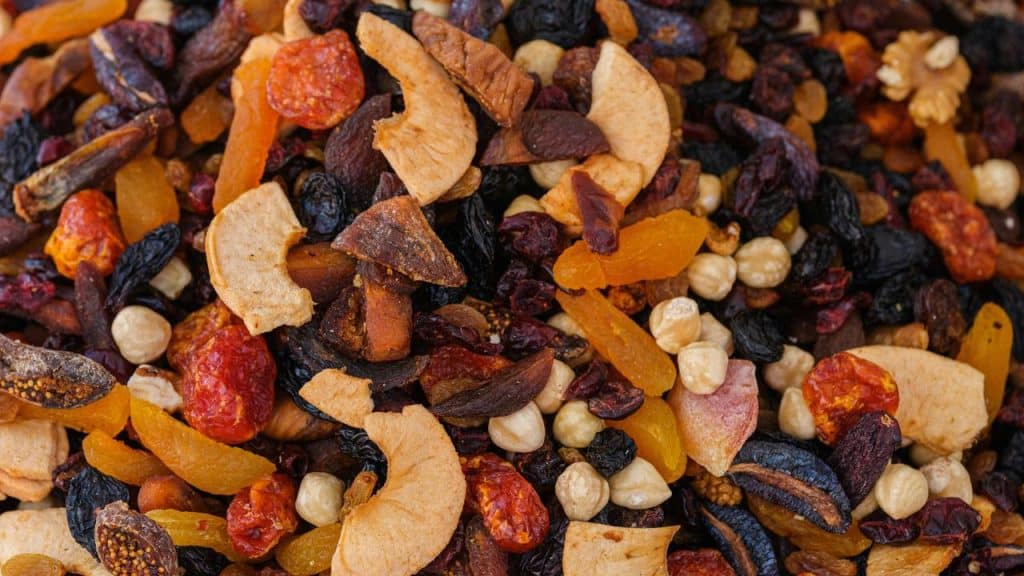
Trail mix has that rustic outdoorsy vibe that makes it feel like the perfect snack. But between the salted nuts, sweetened dried fruit, and scattered chocolate candies, it’s easy to rack up more calories than your lunch without even noticing.
One handful while watching the game turns into three, and suddenly you’ve inhaled half your daily calories. If you’re a fan, make your own blend with raw nuts and unsweetened fruit so you can actually taste the hike, not just the sugar.
10. Bottled Green Tea: Less Antioxidants, More Sugar

Green tea is famous for its antioxidants and gentle caffeine lift, but once it’s bottled and shelved, the story changes. Many bottled versions have minimal real tea and plenty of added sugar.
Instead of a health elixir, you’re drinking sweetened water with a splash of tea essence. Brewing a pot at home, even iced, gives you the flavor and benefits without the sugary baggage.
11. Frozen Yogurt: A Sneaky Sugar Avalanche

Frozen yogurt markets itself as a light alternative to ice cream, but many flavors carry just as much sugar, sometimes more. Then you load it up with gummy bears, caramel, and cookie crumbs, and suddenly your cup rivals a full-on sundae.
If you’re treating yourself, keep it simple or go for plain tart varieties with fresh fruit. Your sweet tooth still gets its fix without completely wrecking your efforts.
12. Gluten-Free Snacks: Healthy Hype Without Substance
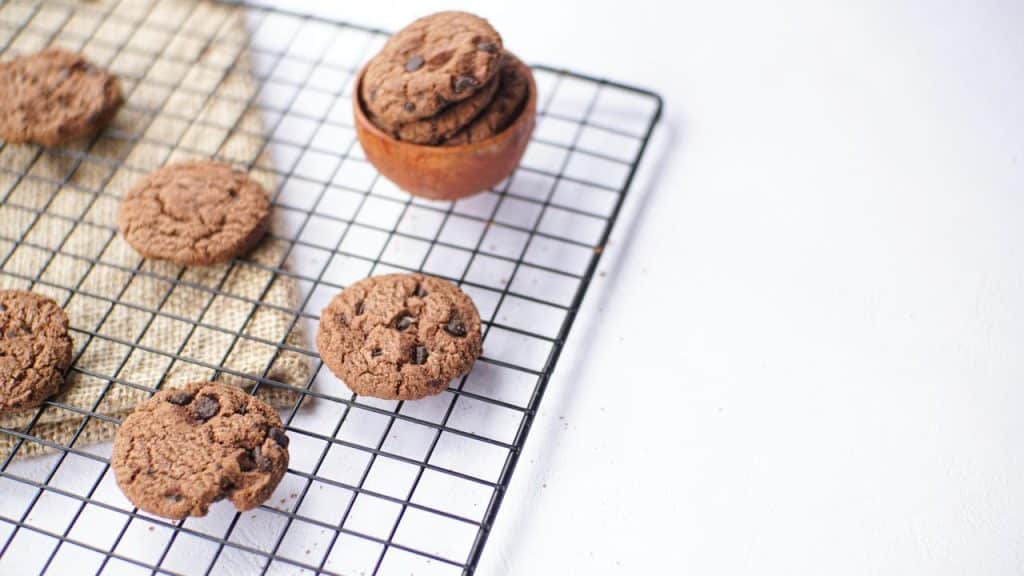
Gluten-free used to mean “medically necessary,” but now it’s plastered across chips, cookies, and crackers as though it guarantees health. In reality, many gluten-free snacks swap wheat flour for starches and sugar that hit your body just as hard.
It’s like slapping a shiny label on an old product and calling it new. Unless you actually have celiac disease or a sensitivity, whole grains can be a better bet.
13. Dried Fruit: Candy Masquerading as Fruit
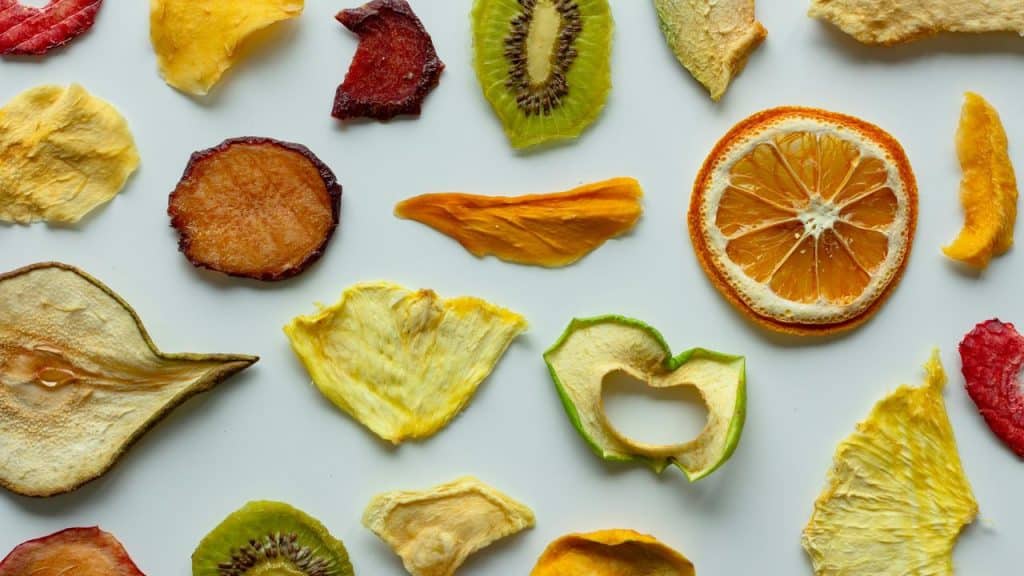
Raisins, cranberries, and banana chips may sound innocent, but they’re often soaked in sugar and stripped of water, concentrating their calories. What you’re really chewing on is closer to candy than fresh fruit.
You wouldn’t eat five fresh mangoes in one sitting, yet a small handful of dried mango can deliver more sugar than a soda. Reach for fresh fruit when you can. It’s juicy, filling, and naturally satisfying.
14. Sushi Rolls: Carbs Wrapped in Seaweed

Sushi carries a halo of clean eating thanks to its delicate look and association with fish. But in the U.S., many rolls are loaded with creamy sauces, fried fillings, and mountains of sticky white rice.
Some rolls pack more calories than a burger and fries. Interestingly, traditional Japanese sushi is far simpler, just fish, a little rice, and seaweed. If you love sushi, stick to sashimi or rolls with more veggies and less sauce.
15. Store-Bought Salad Dressings: Bottled Trouble
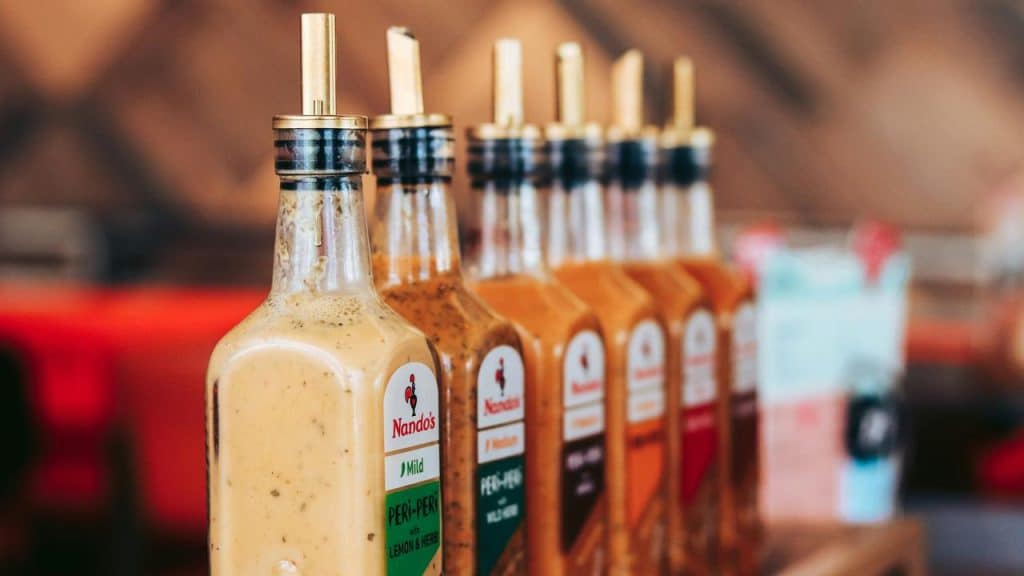
You think you’re making a virtuous choice with a big salad until you drench it in bottled dressing. Many dressings are full of sugar, trans fats, and sodium, completely overpowering the greens underneath.
It’s like buying a new suit and then spilling coffee on it. Try making your own with olive oil, vinegar, and a pinch of mustard, quick, easy, and much lighter on your body.






Ask Me Anything